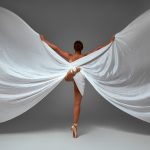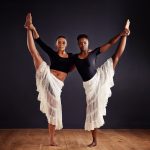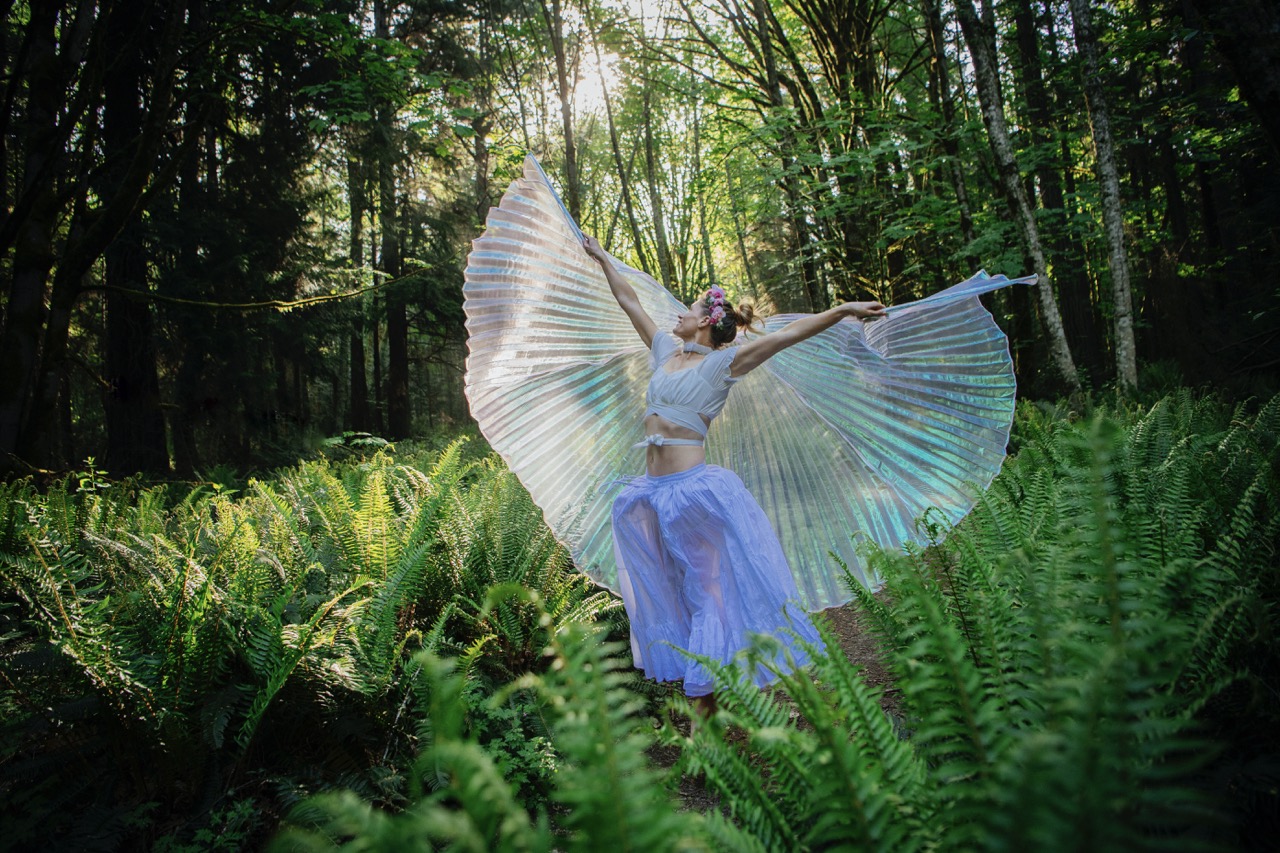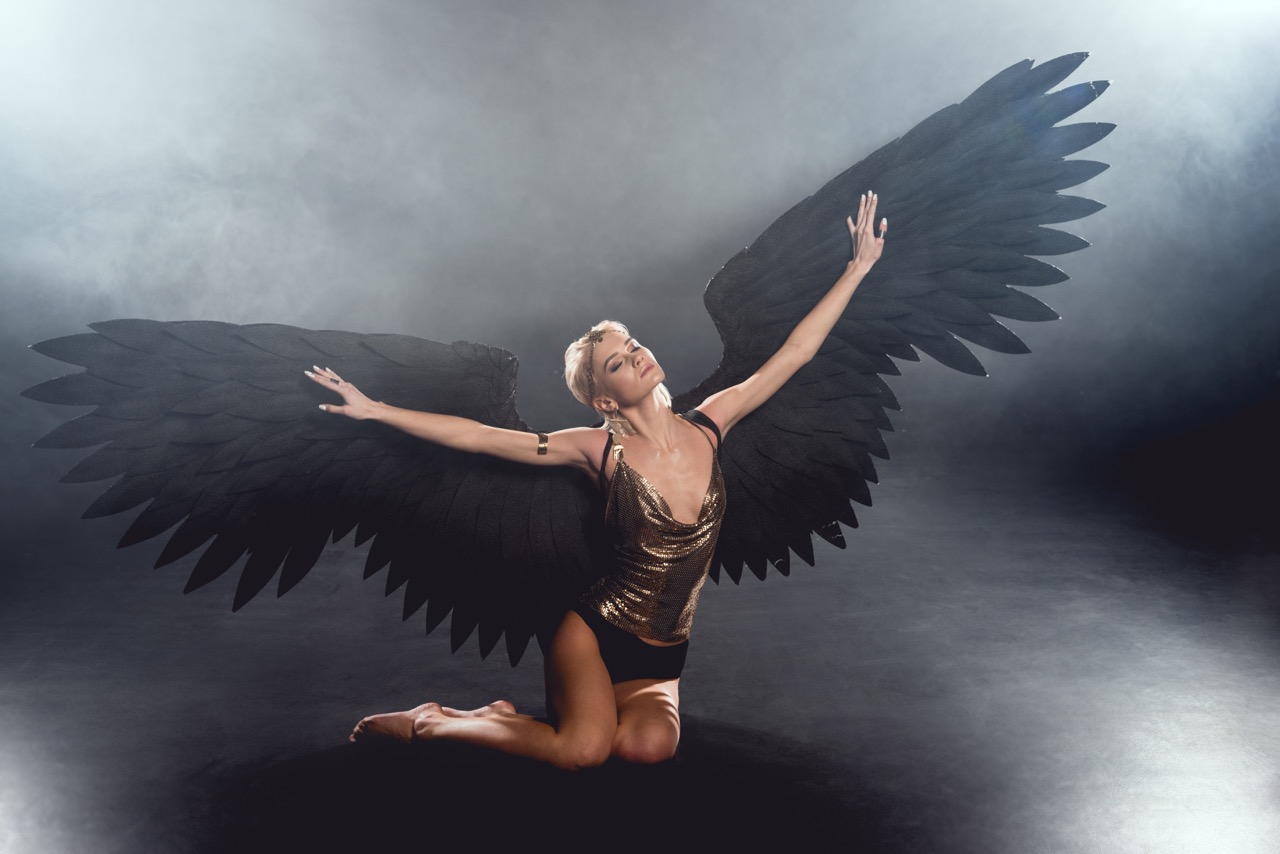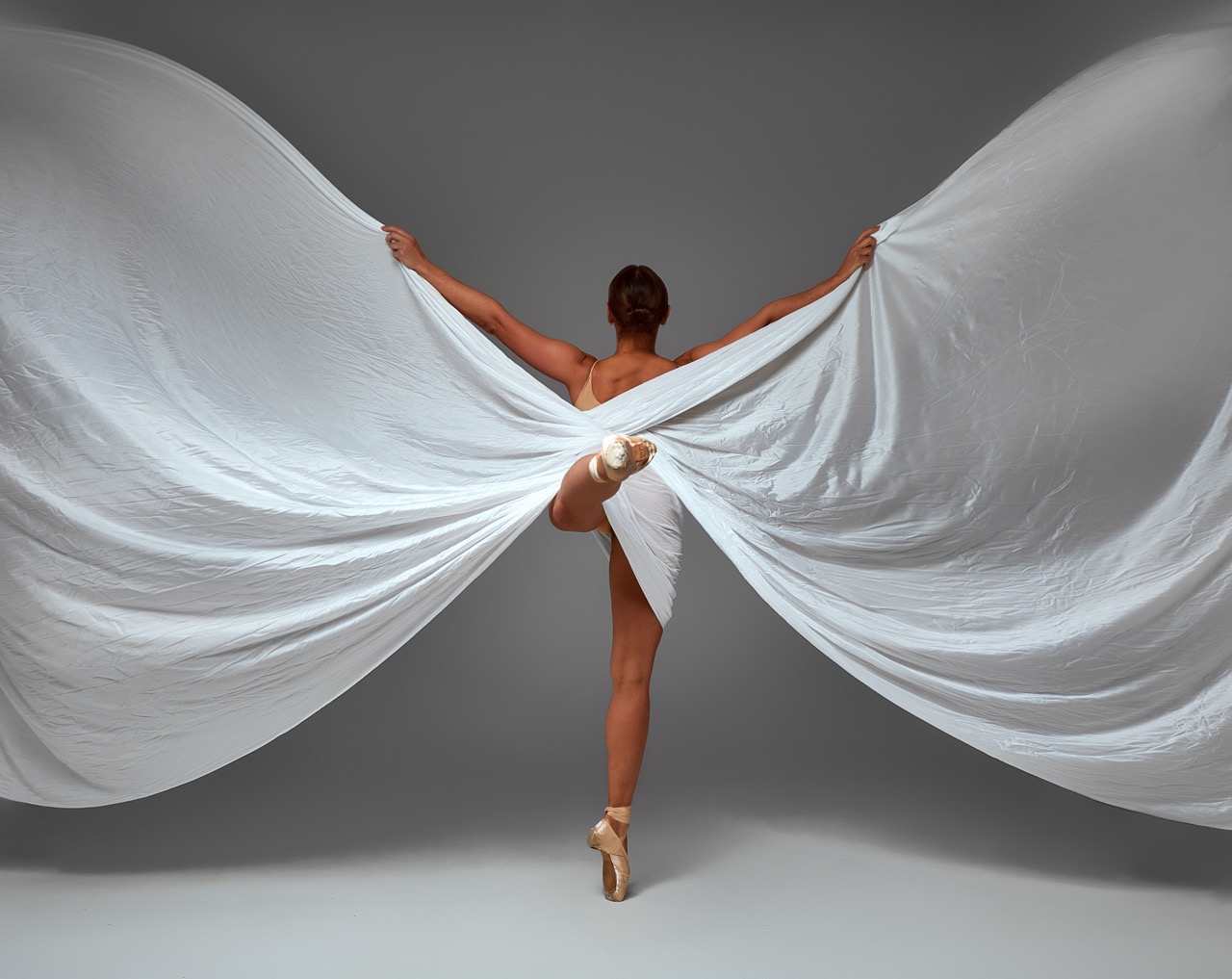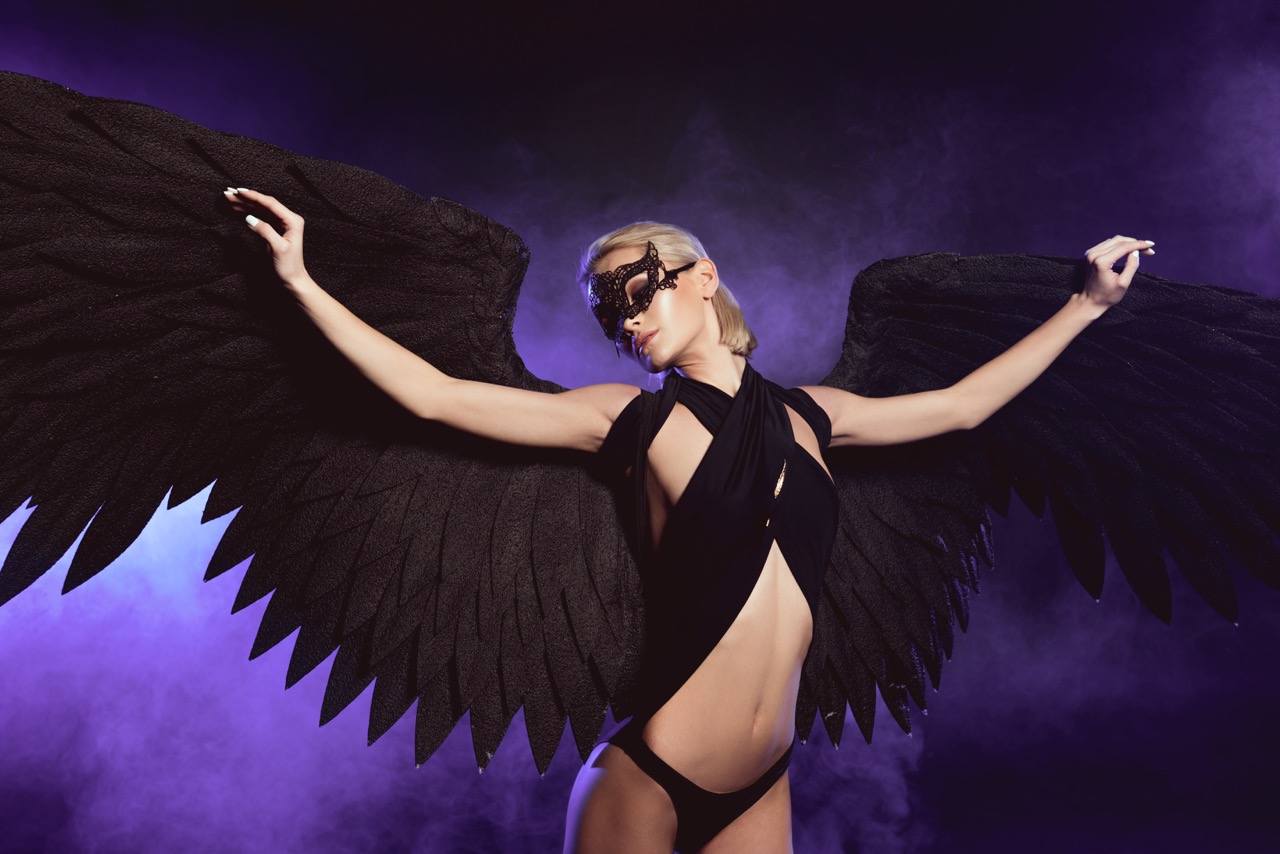Dance is a universal language, transcending barriers and allowing emotions to flow through every movement. In this expressive art form, the integration of props can elevate a performance to new heights. Among these, dance wings stand out as a magnificent tool for enhancing emotional expression. These flowing extensions not only add visual appeal but also serve as a conduit for deeper feelings, creating an immersive experience for both the dancer and the audience. This article delves into how dance wings enhance the emotional impact of a performance, exploring their artistry, emotional resonance, and the captivating storytelling they facilitate.
The Artistry of Dance Wings: Elevating Expression in Motion
Dance wings are not merely accessories; they are powerful extensions of the dancer’s body and spirit. Crafted from light, flowing fabrics, these wings sweep through the air with grace, visually amplifying the nuances of the dancer’s movements. The artistry lies in how these wings can embody a range of emotions, from the delicate flutter of butterfly-like grace to the sweeping grandeur of a soaring bird. Each movement is heightened as the fabric interacts with the air, creating a visual echo of the dancer’s intent.
Moreover, the colors and textures of the wings contribute to the overall aesthetic, setting the mood and tone of the performance. Bright, vibrant hues can evoke feelings of joy and exuberance, whereas darker, muted tones may elicit a sense of melancholy or introspection. The choice of fabric, whether sheer and ethereal or heavy and grounded, plays a crucial role in shaping the emotional landscape of the piece. Thus, dance wings become not just an add-on but an integral part of the choreography, elevating the expression in motion.
Additionally, the choreography itself often incorporates the wings into the narrative of the dance, allowing for a seamless blend of movement and visual storytelling. The way the wings are manipulated can reflect the dancer’s emotional journey—twists and turns can illustrate conflict or struggle, while expansive movements may symbolize freedom and release. By creating a dynamic interplay between the dancer and the wings, artists push the boundaries of expressiveness, inviting the audience to engage on a deeper emotional level.
Unveiling Emotion: How Fabric Transformations Create Depth
The transformative nature of fabric in dance wings is crucial for unveiling complex emotions during a performance. As the dancer moves, the fabric folds, billows, and flutters in response, making it a living extension of their emotions. This fluidity can mimic the ebb and flow of feelings, allowing for a tangible representation of the dancer’s inner world. The act of moving with wings creates a dialogue between the dancer’s body and the material, effectively bringing abstract emotions to life.
This transformation is especially powerful because it aligns the visual with the emotional, creating a multi-dimensional experience for the audience. For instance, when a dancer swiftly pulls the wings close, it can symbolize moments of vulnerability or introspection. Conversely, when the wings expand and open, it can represent liberation or joy. Such contrasts add layers of meaning to the performance, prompting viewers to reflect on their interpretations and emotional responses.
Furthermore, the tactile engagement with the fabric enhances the performer’s connection to their own emotions. The sensation of moving with the wings encourages dancers to explore their emotional states more deeply, often leading to authentic expressions that resonate with the audience. In this way, the dance wings do not just serve a decorative purpose; they are a vital tool for unearthing and conveying the underlying emotional currents of the performance.
The Visual Symphony: Dance Wings in Choreographic Storytelling
In choreographic storytelling, dance wings play an essential role in creating a visual symphony that enhances the narrative. The movement of the wings can signify different characters, emotions, and themes within a piece, enriching the overall storytelling experience. When integrated thoughtfully, wings can help illuminate the dancer’s intentions, guiding the audience’s understanding of the narrative arc.
For instance, in a story depicting a conflict or struggle, the wings might be used to signify barriers or obstacles, creating a poignant visual metaphor. The tension in the fabric as the dancer attempts to push through or break free can evoke powerful emotions that resonate with the audience. This layering of visual and emotional elements fosters a deeper connection to the story being told, allowing viewers to experience the narrative on multiple levels.
Moreover, dance wings can serve as a bridge between different scenes or emotions, transitioning smoothly from one moment to another. Their ability to flow and change shape lends itself perfectly to the fluid nature of dance, allowing for seamless transitions that enhance the overall cohesiveness of the performance. As the wings interact with the choreography, they create a harmonious blend of physical movement and emotional depth, resulting in a captivating spectacle that lingers in the audience’s memory.
Captivating Audiences: The Emotional Resonance of Movement
Ultimately, the emotional resonance of a performance featuring dance wings is what captivates audiences and leaves a lasting impression. The visual spectacle created by the wings draws viewers in, inviting them to become part of the unfolding story. As the wings dance in harmony with the dancer’s movements, they create a visceral experience that speaks to the heart and soul of the audience.
The connection between the dancer and the wings transcends mere performance, transforming it into a shared experience of emotion. Audiences often find themselves reflecting on their own feelings and experiences as they watch the wings symbolize joy, sorrow, or transformation. This shared emotional journey fosters a sense of community within the audience, as they collectively navigate the highs and lows portrayed through the dance.
Furthermore, the lasting impact of dance wings on a performance is evident in the conversations that arise afterward. Viewers often recall specific moments when wings were used to elicit particular feelings, discussing how these visuals deepened their understanding of the choreography. In this way, dance wings become more than a prop; they are a vital element that enhances emotional resonance and creates a memorable experience for all who witness it.
The integration of dance wings into performances is a remarkable testament to the power of visual artistry in enhancing emotional expression. These flowing, dynamic elements not only amplify the physical movements of the dancer but also serve as a medium for storytelling that resonates deeply with audiences. By transforming fabric into an extension of emotion, dancers can convey complex narratives that captivate and inspire. As we continue to explore the boundaries of dance and expression, it is evident that dance wings remain a profound tool, enriching the art form and leaving an indelible mark on the hearts of those who experience the magic of movement.


